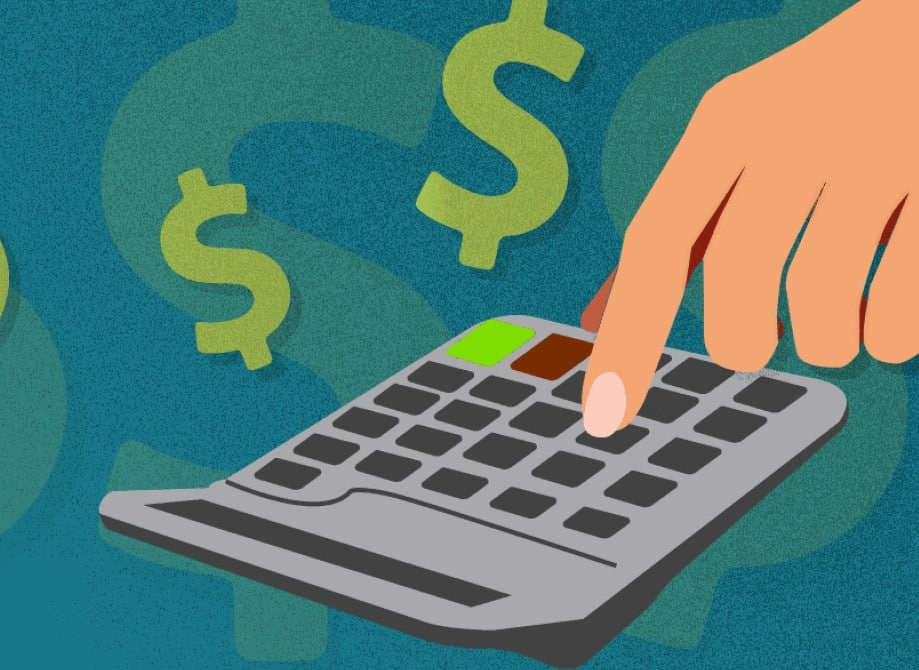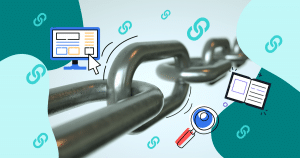Making data-based pricing decisions is now more important than ever.
Covid-19 disrupted supply chains, slowed down production and distribution, and changed consumer behavior.
In an unstable business environment, data-driven decision making and some level of automation is a great combination that’ll give your company greater control and agility.
Competitive pricing is one strategy built upon data collection, analysis, and pricing automation. Following this step-by-step guide, you’ll learn:
- What is competitive pricing
- How you can use pricing to achieve different objectives
- How to track competitor prices
- How to use competitor pricing information
- How to use historical data for long-term planning
Learning all will help you get a competitive advantage, increase sales, and, most importantly, align pricing with your marketing strategy.
Download this post by entering your email below
What is competitive pricing?
Competitive pricing is a strategy where you make pricing decisions based on competitor prices. Foremost, it gives you total control over your price positioning.
Using this strategy, you can match or beat competitor prices without bleeding money, or increase prices without losing your competitive edge.
So, in other words, it gives you the flexibility and agility you need in pricing decisions.
We’re all getting used to this new, uncertain environment. In uncertainty, you need to be flexible. Costs are increasing, and demand fluctuations make it harder to manage inventory.
On top of that, a whole new set of online competitors entered the market. Both consumer and competitor behavior is very unpredictable, given that we all have very limited foresight.
Competitive pricing gives you the ability to react to changes in market conditions. Let’s better understand with an example.
Some businesses that experience a decline or defer in demand resort to deep price cuts to eliminate the dead stock.
But it’s highly doubtful that deep discounting increases profitability — because it may have a minor effect on demand in the long run, but surely you’ll diminish profit margins.
So what are you supposed to do to clean inventory?
Using competitive pricing to clean inventory
First, you need to track competitor prices so you can see where your prices stand.
Why?
If you want to get rid of your inventory quickly, you must offer below-average prices — cheapest if you can.
Unless there’s a good deal on the table, why would shoppers choose your store?
87% of participants in a global Google study said knowing they get a good deal is important when choosing a retailer or brand.
This number is even higher today, with more people cutting spending and feeling the need to find the cheapest deal, especially for repeat purchases.
So, if you want to entice shoppers to buy from you — in high volumes, preferably — make sure you have a competitive offering. We can’t emphasize enough that deep discounting won’t help you in the long run.
It crashes profit margins, may start a price war, and will definitely destroy value.
Getting traction to your website with popular products
In another scenario, you can use competitive pricing to drive traffic to your website.
Comparison shopping engines (CSEs) are substantial sources of traffic for e-commerce websites.
For example, this store sells this very popular product at a good price — just below its cheapest competitor, to be precise. And CSEs are high-traffic websites that many shoppers visit every day.
By appearing at the top of this search, this store increases visibility and traffic without spending time or money.
Retail giants take it a step further and sell popular products below-cost to incentivize shoppers to come to their store and hopefully make further purchases that’ll cover the loss. It’s called loss leader pricing.
A popular loss leader example is printers. Most people look for the lowest price when it comes to big purchases. But they don’t pay the same attention to smaller purchases. That’s why retailers can charge higher prices for the ink and make up for the loss, helping them acquire new customers with very little effort.
Knowing where you stand against competitors, you’ll be able to use pricing for various purposes.
One product will help you get shoppers through the door. Another will be a key profit source.
So how do you use a competitive pricing strategy?
How to price a product with competitive pricing
Step 1: Track competitors
If you don’t know who your competitors are, start by identifying them.
A simple Google search will be quite helpful. Since the competition is online, finding them is like a piece of cake.
To make sure you’re not missing anyone out, you can use a keyword research tool like SEMrush or SpyFu to see who else is competing for the same keywords.
The next step is to collect pricing data. Note that it’s a continuous process, not a one-time task.
A great majority of e-commerce stores have more than several competitors. Even if you have only 50 products to track on ten different stores, it’ll take over 6 hours to collect and record the data on a sheet.
Unfortunately, that amount of time is more than enough for the data to become obsolete. For instance, Amazon changes the product’s price every ten minutes on average.
In reality, online prices change far more frequently than you can manually keep track of.
You can automate the process by having a professional team of developers or a web scraping service provider build an in-house pricing engine for about $244 for the initial setup.
Keep in mind that software will require maintenance, which costs another $120/month on average.
Alternatively, you can use price tracking software that is more affordable but less customizable.
Using software is the best course on a tight budget, especially if you just want to track price and stock information.
Step 2: Use competitor data
Now that you have competitor prices in front of you, it’s time to decide on your price positioning.

In highly competitive markets, like consumer electronics, targeting fat profit margins would be the biggest mistake.
Even if you can’t match the cheapest competitor, set a price below the average market price.
Whereas luxury consumers are willing to pay more, leading luxury retailers to focus on excelling experience, rather than competing on price.
In fact, below-average prices might even alienate the high-end consumer, since it’s often associated with poor quality. But even in the luxury market, you can’t charge a designer bag $500 more than others. Well, you can, but it’ll drive relatively price-sensitive shoppers away.
Remember, you can use pricing for various purposes based on your marketing strategy. At this stage, where you’ve decided on your target price positioning, automation is not just merely a time-saver.
Pricing software allows you to set smart pricing rules based on market prices, cost, and target profit margin:
- my price should be 5% cheaper than my cheapest competitor;
- my price should be equal to my cheapest competitor;
- my price should be 6% lower than the average price, but not lower than 9% + my costs;
- my price should be $10 cheaper than the average price, but not lower than 5% + my costs;
- my price should be equal to the average price;
- my price should be the most expensive.
These rules you specify make sure:
- you hold the positioning that best works for you (cheapest, 5% cheaper than the average price, most expensive, etc.);
- costs are covered;
- you hit the target profit margins;
- you make data-driven decisions that’ll bring success in the long run.
Either manually or with an automated process, make sure you’re not sticking with the same price for too long where the market conditions are always in flux.
Step 3: Analyze historical data
Finally, historical data is waiting for you to dive in. A short while after you start tracking competitors — in about a few months — you’ll notice some competitor behavior patterns.
The historical price analysis will reveal:
- when do competitors increase and lower the price;
- what kind of discount/promotional campaigns they use;
- what type/category/brand of products they offer a discount on;
- the amount of the discount.
Build counter-strategies based on your findings.
For example, if you can’t match the cheapest competitor because of their cost advantage, find other popular products they are not focusing on. Even though demand is smaller, you can attract more customers since there will be less competition.
Now that you know the details of their discount campaign build yours in line with your findings, to make sure you’re not surprised the next time.
More importantly, figure out which products are profitable. If there is no way to compete without bleeding money, either work on lowering costs or stop selling that product.
Takeaways
As the competition moved to online, it has transformed. Online price competition is inherently transparent, allowing the consumer to find the best deals on the web within minutes.
The global consumer is also in a transformation, becoming more price-sensitive as the increasing non-discretionary spending and the absence of a corresponding increase in income levels force them to spend wisely.
Competitive pricing is a must-have strategy to get ahead of the competition in the fast-paced e-commerce environment. Use it to increase sales, get new customers, and improve profitability.
About the author
Basak Saricayir is the content marketer at Prisync, which helps E-commerce companies increase sales by tracking prices automatically from any marketplace around the world.








